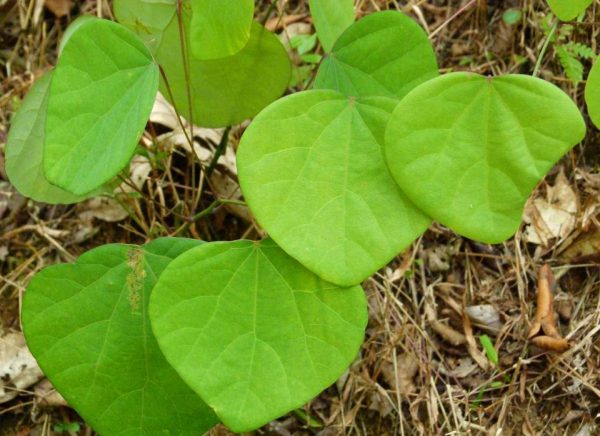Ardraka (Zingiber officinale): The Aromatic Healer
Basonym of Drug: The medicinal plant known as Ardraka is scientifically referred to as Zingiber officinale.
Main Synonyms: In Ayurveda, Ardraka is known by various synonyms, including:
- Sunthi
- Vishvabheshaja
- Aushadha
- Mahaushadha
- Adraka
- Nagara
- Aushadhi
Regional Name: Ardraka is also known by different names in various regional languages. Some common regional names include:
- Hindi: Adrak/Saunth
- Bengali: Ada
- Kannada: Shunti
- Malayalam: Chukku
- Marathi: Sunth
- Tamil: Inji
- Telugu: Allam
Botanical Name: The botanical name of Ardraka is Zingiber officinale.
Family: Ardraka belongs to the Zingiberaceae family.
Classification of Dravya (Gana) as described in Charak and Sushrut: In the classical Ayurvedic texts of Charak and Sushrut, Ardraka is classified as follows:
- Charak: Ardraka is categorized under the group of “Udardya,” which means it is beneficial in skin diseases and conditions affecting the dermal layers.
- Sushrut: In Sushrut Samhita, Ardraka is classified as a “Haritakyadi Varga” drug, indicating its use in formulations with other herbs like Haritaki.
External Morphology: Ardraka is a perennial herb with a height ranging from 1 to 1.5 meters. It has narrow, lance-shaped leaves and greenish-yellow flowers with purple lips. The rhizome (underground stem) is the most significant part of the plant, and it is aromatic, knobby, and yellowish-brown in color.
Useful Parts: The useful part of Ardraka is primarily the rhizome, which is commonly used for culinary and medicinal purposes.
Important Phytoconstituents: Ardraka contains various phytochemicals, including gingerols, shogaols, and zingerone. It is also a rich source of essential oils and antioxidants.
Rasa Panchaka: The Rasa Panchaka (five tastes) of Ardraka is as follows:
- Rasa (Taste): Pungent (Katu)
- Guna (Quality): Light (Laghu), Dry (Ruksha)
- Virya (Potency): Heating (Ushna)
- Vipaka (Post-digestive taste): Sweet (Madhura)
Action on Dosha, Dhatu, and Mala: Ardraka primarily pacifies the Kapha and Vata doshas. It nourishes and strengthens the Agni (digestive fire) and enhances the Rakta (blood) and Rasa (plasma) dhatus.
Prayogarha Vyadhi (Therapeutic Indications): Ardraka is utilized in Ayurvedic medicine for various therapeutic purposes. Some of its essential indications include:
- Digestive disorders (Agnimandya)
- Respiratory conditions (Shwasa and Kasa)
- Joint and muscular disorders
- Nausea and vomiting
- Menstrual disorders (Rajah Pravritti)
- Common cold and flu
Amayikaprayoga and Matra (Therapeutic Administration and Dose): Ardraka can be used in various formulations, and the dosage depends on the specific preparation and the individual’s condition. Commonly used forms include:
- Fresh juice: 5-10 ml, once or twice a day
- Powder: 1-3 grams, once or twice a day
- Decoction: 30-60 ml, once or twice a day
Vishishta Yoga (Names of Important Formulations): Ardraka is an integral component of several Ayurvedic formulations. Some notable formulations include:
- Trikatu Churna
- Talisadi Churna
- Vyaghri Haritaki Avaleha
- Pippalyadi Ghrita
Vishakta Lakshan (Adverse Effects): Ardraka is generally safe and well-tolerated when used in recommended doses. However, excessive consumption may lead to gastric irritation in some individuals.
Chikitsopachara (Remedial Measures): Ardraka is best used under the guidance of a qualified Ayurvedic practitioner. Proper dosing, combining with suitable adjuvants, and considering an individual’s specific condition are essential aspects of its therapeutic application.
Shodhana (If Required): Ardraka typically does not require shodhana (purification) procedures. However, in certain cases, Shodhana methods like Bhavana (levigation) or Svedana (steam treatment) may be applied for specific therapeutic purposes.
Ardraka’s aromatic and warming properties, combined with its diverse medicinal applications, make it a cherished herb in Ayurvedic medicine. Its potential to support digestive health, respiratory function, and overall well-being reflects its time-tested significance in traditional healthcare practices.




